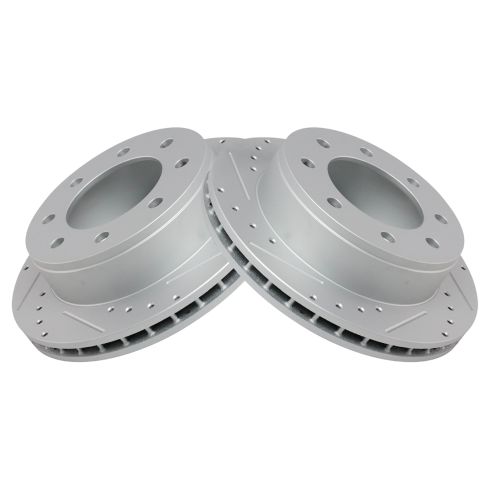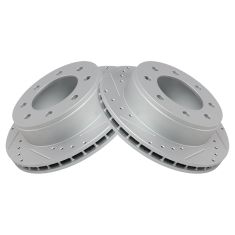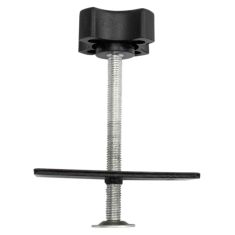1APBR00953-Chevrolet GMC Hummer Rear Driver & Passenger Side 2 Piece Premium G-Coated Performance Brake Rotor Set TRQ Performance BRA74687

Replaces
Chevrolet GMC Hummer Rear Driver & Passenger Side 2 Piece Premium G-Coated Performance Brake Rotor Set TRQ Performance BRA74687

Frequently bought together
Product Reviews
Loading reviews
5.00/ 5.0
1
1review
January 18, 2020
The best OVER THE WEB COUNTER I have had the pleasure of doing business with . TY ... K><DO ...seal of approval .
Customer Q&A
No questions have been asked about this item.










